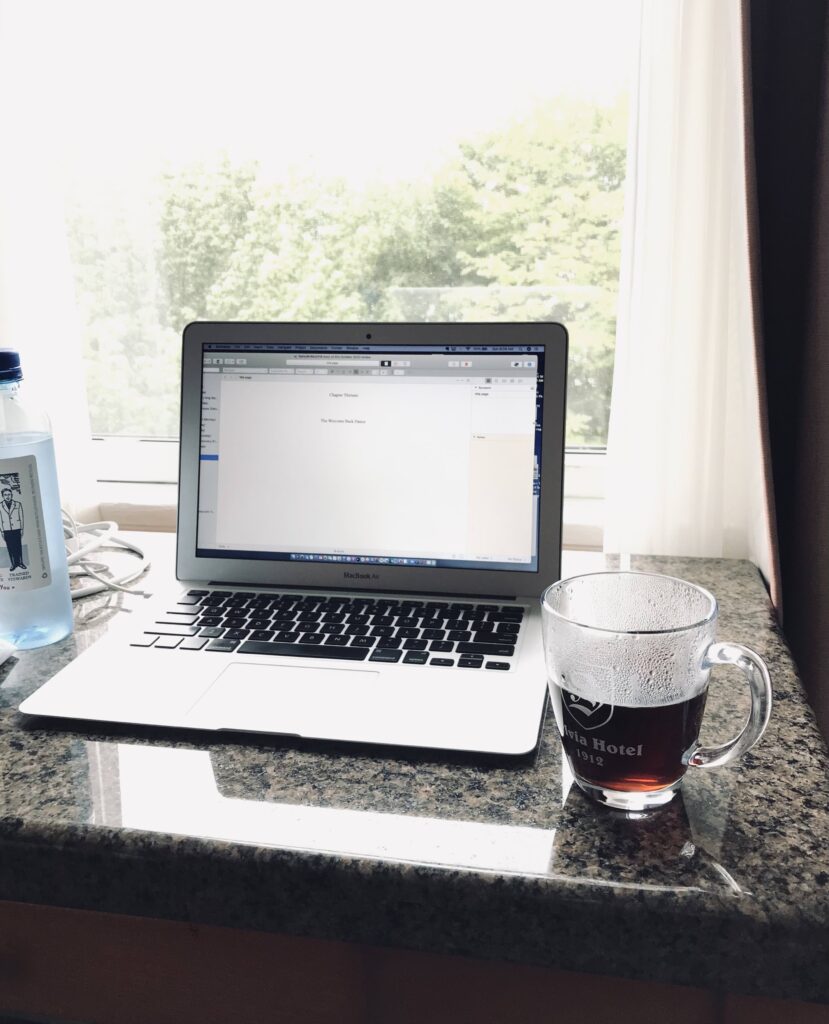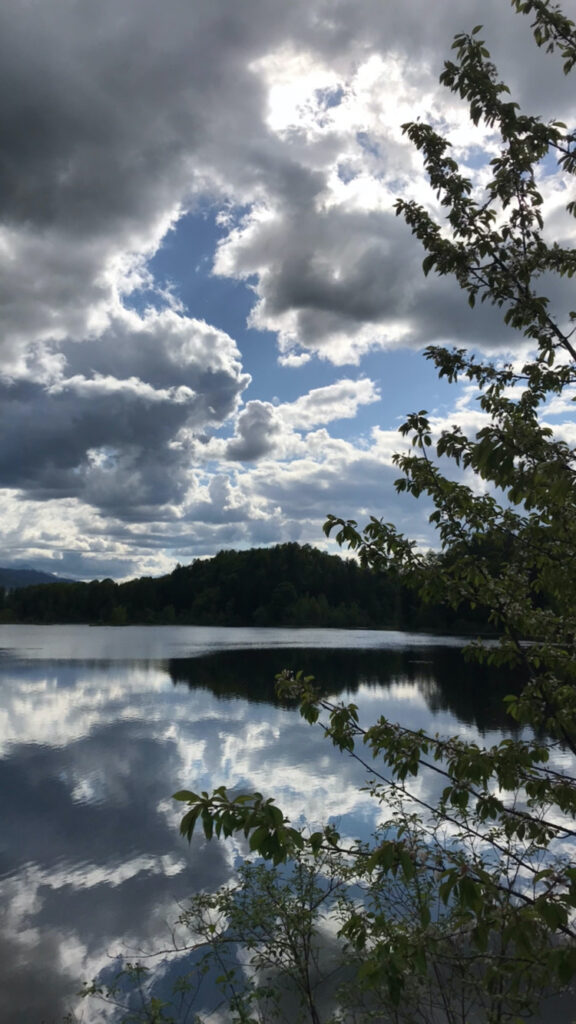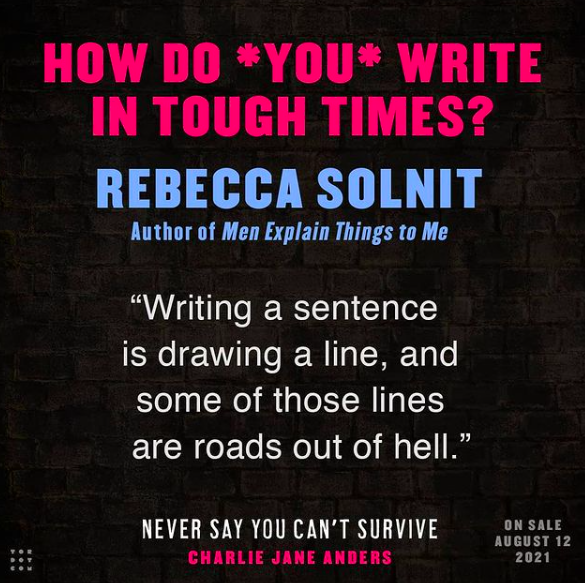Well, the skies here in Vancouver have been grey (or yellowish) with smoke from wildfires, and we’ve had more heatwaves, and today our prime minister called a federal election, which means I might have have to turn off the radio and social media for a while.
Which might be a good time to do some more writing and editing, I guess?
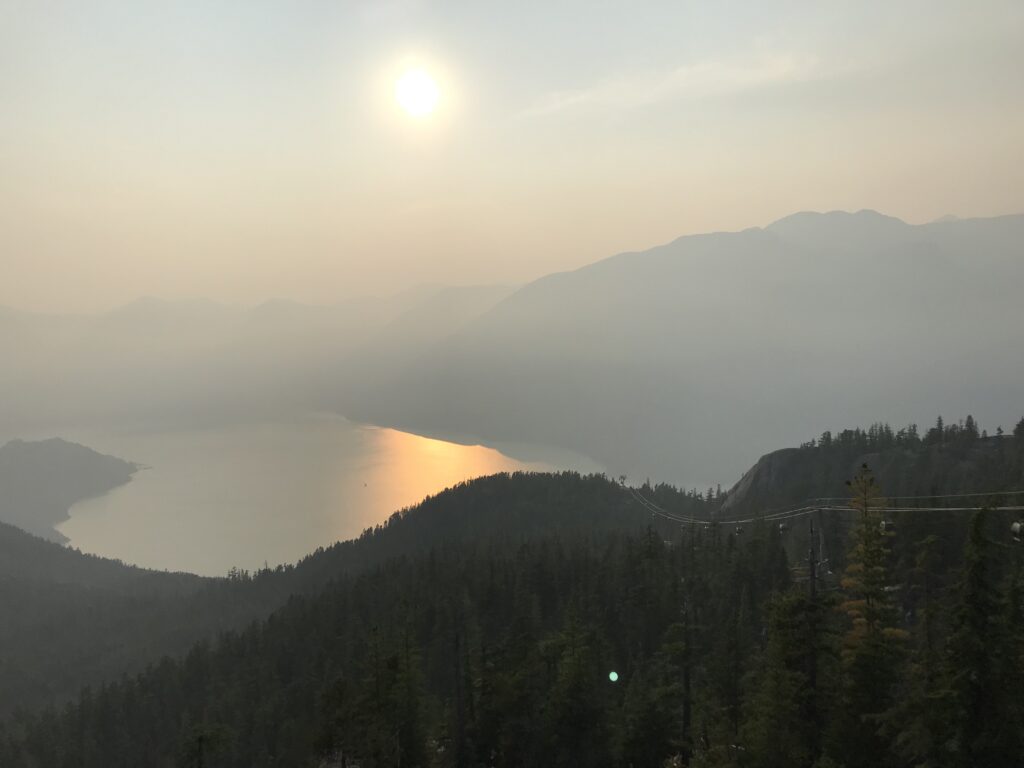
Querying, an open mic, and a novel excerpt
Lindsay Wong, the current Vancouver Public Library Writer in Residence, is hosting an open mic/author reading on Thursday August 26th — and I’m excited to say I’ll be one of the readers. I hope you can drop by! (Yes, it will be via Zoom.)
In mid-July I took an excellent course with Lindsay* on writing query letters, and then (after some more revisions of my first few pages) I spent some time reading up on agents who might be interested in a novel set in 1986 Vancouver, about dissociation and gaslighting, female friendship, and rock and roll.
Finally I sent that query — for How Does It Feel to Feel — out to an agent who sounds great. It’s a start!
And then last week, I also put together a zine version of an excerpt from that book, called Bidwell Island.
Stay tuned: I’ll be posting more here about how you can get a copy if you’re interested.
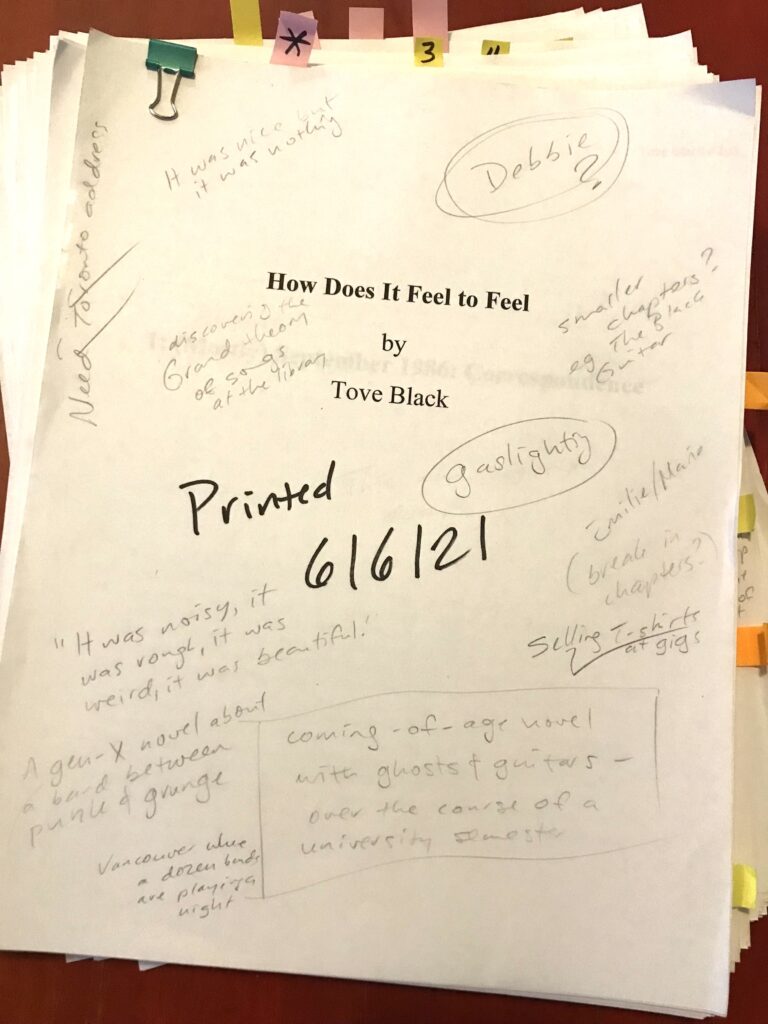
Zine making
For me at least, it sounds very simple and yet is frustratingly fussy to make a so-called literary zine. Because these days I don’t have the time or patience (or easy access to a photocopier) to do it by hand, I don’t have to figure out the fancy folding and layout and page ordering details I would have in the old days (although fortunately there are excellent resources for it!) — I do everything in Pages (the Apple word processor), export to PDF, and take my PDF over to a print shop. And yet it still takes me ages to get that file ready.
The first part is to figure out just how long your piece of work should be, or how many pieces you need and how long they should be. There’s no “right” length, really — or rather your right length depends on how many pages you want to print, and what size your font and margins will be, how much space you need for your images.
So I take a guess at the word count I want, and then fuss around for quite a while with different fonts and margins, trying to see what works.
And you also have to remember that the page will be a different shape than what you see on your screen — not the default 8 1/2 by 11 that most of us work in in North America, but the shape of that sized paper folded in half. I’ve made zines before where I didn’t take this into account and then after I printed the pages out the margins looked very wrong. (My completely close-enough-for-rock-and-roll solution this time was to lay out the pages for A5 printing. I hope I’ll remember next time.)
Then, your page count has to be a multiple of four. This includes your cover, the back cover, the verso, etc. For Bidwell Island I decided on 12 pages — which works out to 8 pages of actual text and images.
Oh yes, the images. I figure out what I want, and then I figure out what I can actually draw, and what should reproduce somewhat successfully. Then I draw and ink my pictures, and paste them into my Pages document. Even though I’ve made theoretical space for them already, this always leads me to a lot more fussing around with line breaks, page breaks, etc. etc. (Because I am absolutely untrained, this means I just move things around and make minor adjustments until things look okay to my eye.)
And last of all, I constantly, constantly remind myself that it’s a zine. It’s not supposed to be perfect.
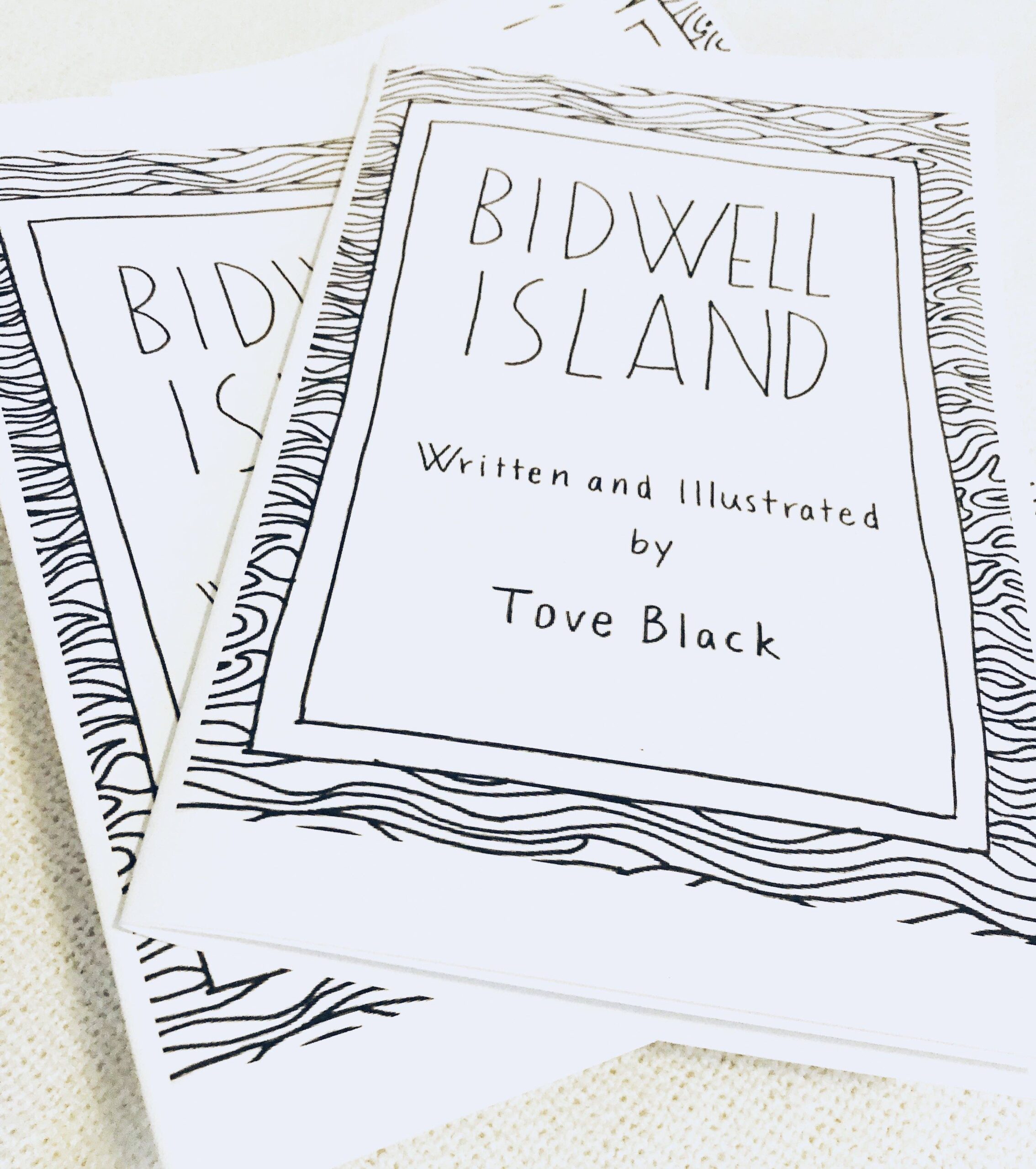
*If you are a writer and get a chance to take a class with Lindsay Wong, I encourage you to do it! She is wise, kind, and very frank.
